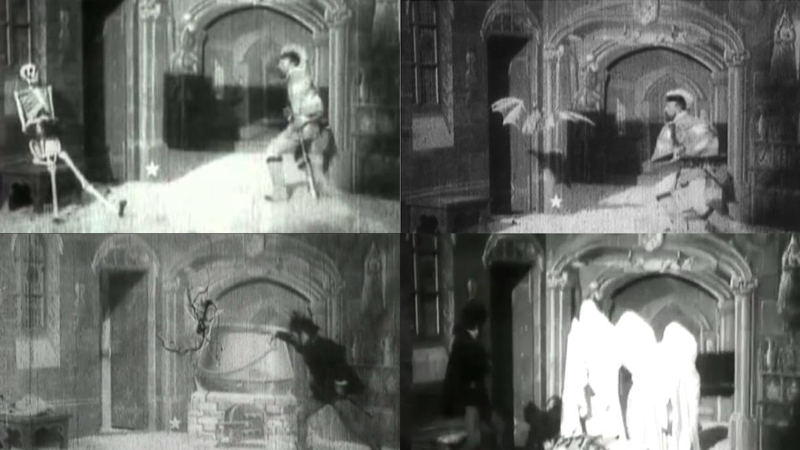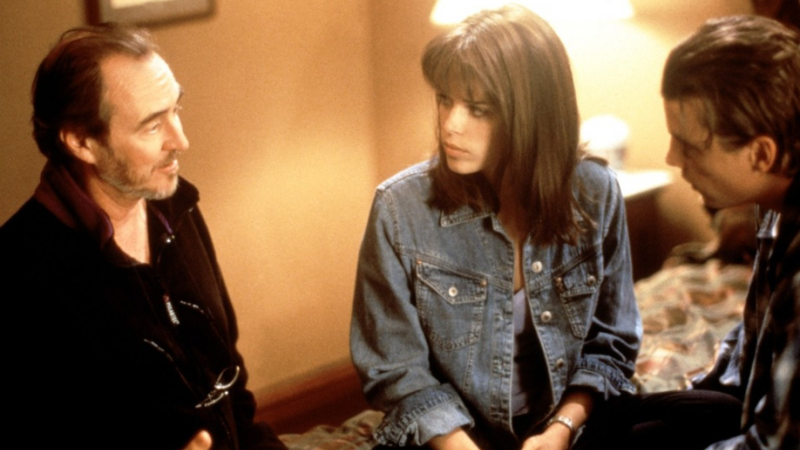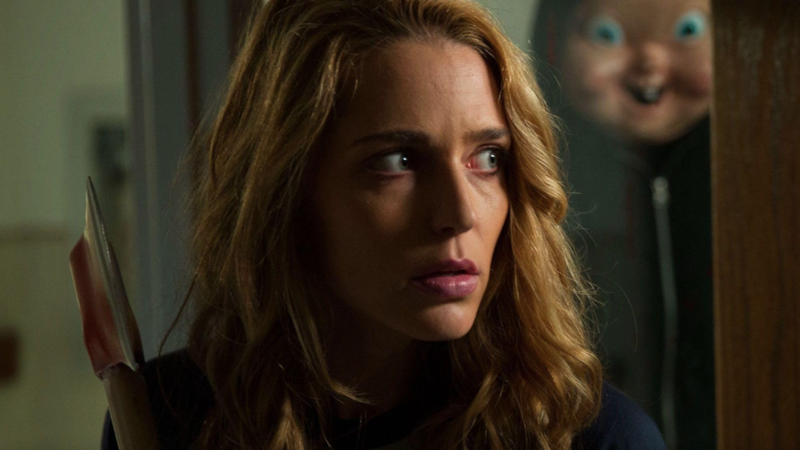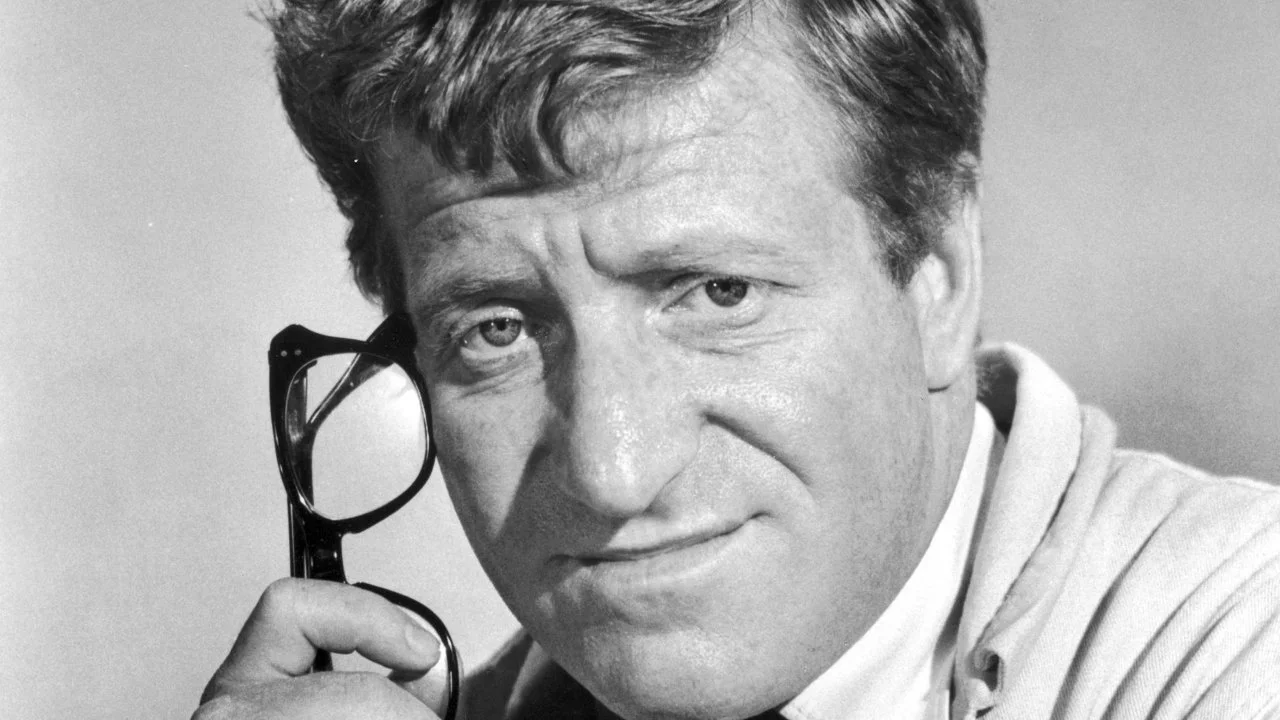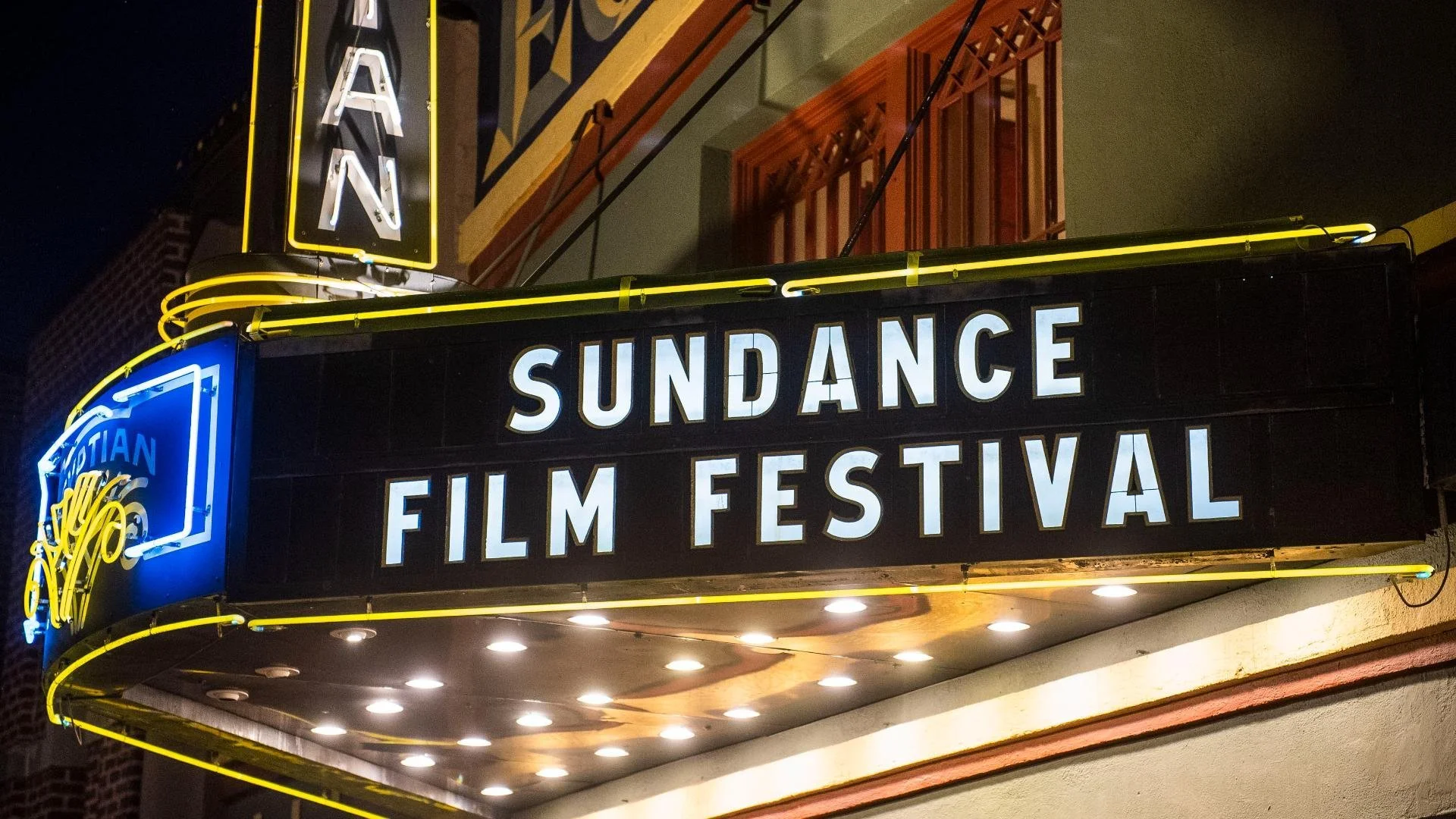The History Of Horror
Image Source: CultureSlate
Horror is arguably one of the most popular genres of films, and that is probably partly thanks to the fact that it has the most subgenres of any other genre. This makes it easy for everyone to find something they like. Humans have been telling scary stories for as long as we have existed which is apparent in the folklore and urban legends that have been shared for centuries. These scary stories predate moving pictures and have even been the inspiration for many of the films we know and love today. The history of the horror genre is a long and winding road, but as the interest in it grows thanks to HorrorTok, I thought the best way to kick off this year’s spooky season articles was with an overview of the fascinating history of the genre!
The First Horror Film
Image Source: CultureSlate
The first ever horror film was not meant to be scary. It was a three-minute film created by George Mellies in 1896, and it was meant to be more of a wondrous spectacle rather than something that scared audiences. It was filled with supernatural elements such as cauldrons, transforming bats, and the devil. Le Manoir Du Diable or most commonly known as The Haunted Castle or The House of The Devil went on to terrify audiences and thus began the horror film genre. One of the craziest facts about this film is that it was lost until 1977 when it was rediscovered.
RELATED:
Influence Of Literature
Image Source: IMDb
While the horror genre was mostly unknown to filmmakers, it was not the same case for the literature community. The first piece of horror literature was The Castle of Otranto written by Horace Walpole in 1765. This was followed by Frankenstein written by Mary Wollstonecraft Shelley in 1818. Since horror literature was so well established, filmmakers began turning to it for inspiration.
This led to the first book to film adaptations with Frankenstein, Dr. Jekyll and Mr. Hyde, and The Werewolf being released between the 1900s-1920s. These inspirations also gave us the “golden age” of horror with silent films like The Cabinet of Dr. Caligari (1920) and Nosferatu (1922) and talkies like The Mummy (1932) and Frankenstein (1931). The word “horror” wasn’t attached to the films until the 1930s – before this they were described as romantic melodramas with dark elements.
Supernatural & Slashers
Image Source: CultureSlate
Although the genre literally got its start thanks to a three-minute supernatural film, this wasn’t something that was widely used until the 1970s. Films like The Exorcist (1973) and The Omen (1976) brought attention back to the supernatural and the presence of the devil in films. The 80s are when the horror genre was really turned on its head with the introduction of the slasher. Most people believe that this subgenre was kicked off by The Texas Chainsaw Massacre which was released in 1974, but it wouldn’t be until 1978 that fans got a slasher that would truly inspire all others.
The release of John Carpenter’s Halloween and audiences’ introduction to Michael Myers is what truly lit a fire for the genre. This was quickly followed by Friday the 13th (1980) and A Nightmare on Elm Street (1984). The films were so hugely popular that all three would spark decades-long franchises that are still getting new additions today! The late 70s and 80s also saw the genre’s first real pushback from the public. Parents and older audience members were disgusted by the actions being portrayed in these slasher films, and as a response, the filmmakers began creating the “rules of the slasher movie”. These reflected more conservative viewpoints and kept society from boycotting the films and subgenres.
Thanks, Wes!
Image Source: Bloody Disgusting
By the 1990s, audiences were getting tired of the same horror films over and over again. They had become smart to the rules of the films and wanted something fresh. Enter the legendary filmmaker, Wes Craven. He was well known and somewhat infamous for his work on films like The Last House on the Left (1972), The Hills Have Eyes (1977), and A Nightmare on Elm Street (1984).
As the slasher genre seemed to be dying out, Wes stepped forward and gave audiences Scream (1996) which was a film that forever changed the slasher genre. Not only did the film make fun of the genre, but it was the first film to lay out the rules for the audience and the characters to see. The film was a massive hit and has continued to be one of the most widely known films in the horror genre.
Today’s Horror
Image Source: IMDb
The genre continues to ebb and flow as it always has, but now it is a better mix than it was when it first started. Today we have subgenres such as horror comedy, body horror, slasher, and zombie, and the list could go on forever. While some films feel stale and we are constantly getting remakes that none of us asked for, the genre, for the most part, has truly become a collection of diverse, fascinating, and horrifying works of art.
READ NEXT:
Source(s): New York Film Academy, Britannica


